Ukraine: news bulletin mid September
Please find some highlights of developments in the Ukrainian agricultural sector in the first half of September.
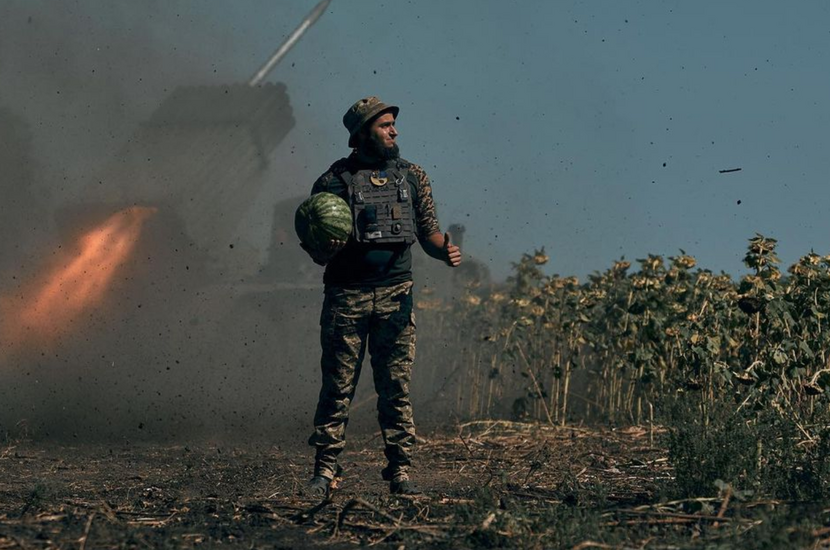
Government
-
On September 9, the Ukraine Rapid Damage and Needs Assessment prepared by the World Bank and the European Commission was published. The total cost of the war for Ukrainian agriculture is estimated to reach US$30.5 billion, with losses accounting for 93 percent of the total (aggregate losses total US$28.3 billion, total damage US$2.2 billion). The total reconstruction and recovery needs from the public sector are estimated at US$18.7 billion.
-
About 600,000 hectares of agricultural land were irrigated in Ukraine in 2021, while the existing water management and reclamation infrastructure is able to ensure the intake and supply of water for irrigation of at least 1.8 million hectares, as well as the drainage of excess water to over 1 million hectares. Ukraine accounts for 5.48 million hectares of reclaimed land, including 2.17 million hectares of irrigated and 3.3 million hectares of drained land with appropriate infrastructure.
2022 marked large-scale violations of the technological integrity of water use and drainage facilities; large filtration losses of water in reclamation canals during its transportation to the field; damage due to military aggression of the Russian Federation of dams, reclamation canals, embankments, pumping stations and other hydraulic structures; destruction of the melioration sector due to the temporary occupation of part of the infrastructure.
To eliminate the existing problems, the Ministry of Agrarian Policy intends to conduct a detailed audit of the use of reclaimed lands and inventory the reclamation systems; to reform the management of water resources and land reclamation; create water user organizations for the efficient operation of reclamation systems; to implement investment projects for the restoration and development of land reclamation in Ukraine.
-
The parliament of Ukraine adopted at the final reading bill No. 5616, which synchronizes Ukrainian legislation in the field of legal protection of geographical indications for agricultural products and food products with the norms of the European Union.

International assistance
-
On September 15, members of the European Parliament gave the green light to a €5 billion macro-financial loan to help Ukraine cover its acute financing needs caused by Russia’s invasion.
This is the second, and largest, tranche of a €9 billion EU support package, of which €1 billion has already been disbursed. The Commission is extending the loan to the government in Kyiv on favorable terms.
Ukraine’s external financing needs have grown rapidly due to the Russian invasion; besides the tremendous damage to roads, bridges, factories, houses, hospitals and other physical infrastructure, the country has also lost its access to the international financial markets.
-
The European Union and Ukraine have signed an agreement on providing Ukraine with budget support in the amount of EUR 500 million as part of a pledge announced by the President as part of the Support Campaign for Ukraine in April and at a high-level conference held in Warsaw in May. This funding will guarantee housing and education for internally displaced persons, and will also support the agricultural sector (support to small farmers).
-
Kosiv territorial community (Ivano-Frankivsk region) plans to implement the project "Revival of sheep breeding in Zakarpattia region" with the help of the United States Agency for International Development (USAID). The project will support the economic development of the region by creating conditions for self-employment of the population in the mountainous area, which will be implemented by Kosiv City Council. In general, it is planned to create about 500 jobs.
-
On September 12, the Ministry of Agrarian Policy and Food of Ukraine and the International Technical Assistance Project Expedite Justice (PEJ) concluded a Memorandum of Cooperation on the collection and recording of evidence of crimes related to the theft of Ukrainian agricultural products, the intentional destruction of civilian infrastructure related to production and distribution of food, and, as a result, the use of food as a weapon in war.
-
The Multilateral Investment Guarantee Agency (MIGA), which belongs to the World Bank group, will soon start implementing a pilot project on investment insurance in Ukraine in the amount of $30 million. the amount of insurance coverage will be at least 90% of the investment amount.
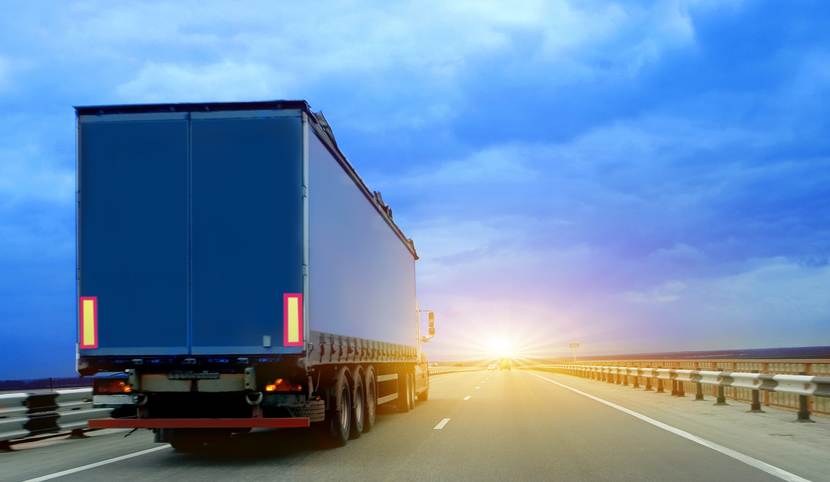
International trade
-
The Interdepartmental Commission on International Trade (ICIT) has terminated a special investigation into the import to Ukraine of certain types of cheese and their export without the application of special measures. This investigation was initiated by the Union of Dairy Enterprises of Ukraine in January 2021.
-
In January-August 2022, Ukraine exported 265,500 tonnes of poultry meat and offal, which is only 9.9% less than in the same period in 2021, according to the Union of Poultry Breeders of Ukraine. In monetary terms, the export of these products for the specified period increased by 32.8%, to $589.2 million. Such an increase in export earnings became possible due to an increase in prices in the traditional export markets of Ukrainian products, in particular the EU and Middle East.
The largest importers of meat and edible poultry offal from Ukraine in August 2022 were Saudi Arabia (24%), the Netherlands (16%) and Slovakia (10%). In January-July, these countries became the largest consumers of Ukrainian poultry meat. Imports of poultry meat to Ukraine for the same period amounted to 49,700 tonnes, which is 36% less than for the same period in 2021. The entire volume came from EU countries, mainly from Poland.
-
The State Service of Ukraine for Food Safety and Consumer Protection, together with the Ministry of Foreign Affairs, has identified 10 groups of Ukrainian goods for export to six countries since the beginning of 2022. In the first eight months of 2022, Ukraine began exporting semi-finished meat products to Montenegro, milk and dairy products to the Dominican Republic and Kenya, pet food to Singapore, insects that create a biotic protection barrier for crops to Poland, chewing articles for pets, animal skins and skins, ornamental freshwater fish and live rabbits to Israel.
-
Ukrainian, Slovak, Hungarian Border Guards discuss ways to increase capacity of checkpoints The capacity of the Uzhgorod, Luzhanka, Vylok checkpoints will be increased and the Velyka This autumn the Slovak border guards will receive two mobile scanners that will increase the capacity by 30%. The Velyka Palad-Nagy Hodos checkpoint on the border with Hungary will be improved. This will become an additional way to Europe.
-
Ukraine and Poland have agreed to build a 600-km pipeline to transport Ukrainian vegetable oil from Yahodyn (Volyn region) to the port of Gdansk, with a capacity of up to 2 million tonnes per year. A 600 km pipeline for the transportation of Ukrainian vegetable oil from Yahodyn (Volyn region) to the port of Gdansk will become the only such infrastructure facility in the world after launch next year. A Memorandum of intent to build an oil pipeline was signed on September 7.
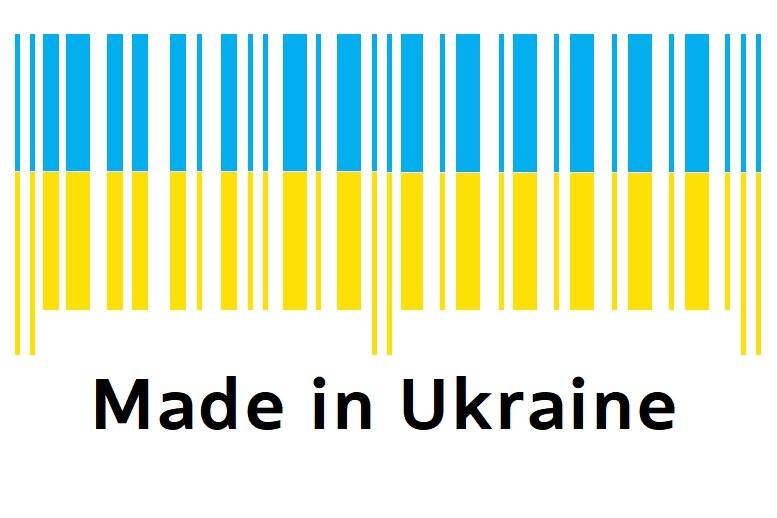
Sector news
-
State Fisheries Agency of Ukraine reports that in 2022 industrial fishing was stopped or partially stopped by about 80% of the users of aquatic biological resources. The Azov-Black Sea basin industrial activity by Ukrainian business entities was not actually carried out at all.
-
Since the beginning of the full-scale Russian invasion, the number of bread consumers in Ukraine has decreased by 2-3 million, while the fall in bread production in the country amounted to 15-20% in January-July. This figure varies significantly depending on the remoteness of the regions from the zone of hostilities. Such data is an indirect estimation of the current population in the country.
"In seven months, the decline in production amounted to about 15-20% depending on the region. In the east, this figure is much higher than in the west. In the west, there are even figures of 100% and 105% of the previous period. This is due, first of all, to the migration of the population, the stop and destruction of enterprises and the decrease in the purchasing power of the population", said the President of the All-Ukrainian Association of Bakers and director of Kyiv Khlib LLC (Kyivkhlib brand) Yuriy Duchenko
-
Since the beginning of the war in Ukraine, about 7,000 restaurants and cafes have closed, more than 2,000 new establishments were opened, according to Olha Nasonova, the co-founder of the National Restaurant Association of Ukraine. "There is no exact statistics, because it is simply not being conducted now, among these 7,000 are closed establishments and those about which there is no data (in occupied territories, in shelling zones). The market shrank by approximately 25% compared to February 2022. In some regions, the market decline amounted to more than 50% (Kharkiv, Mykolaiv, Zaporizhia, Luhansk regions). In Kyiv, Odesa, Dnipropetrovsk regions there was a drop of up to 30%”.
At the same time, positive dynamics is observed in the western regions. In Lviv and the region, the number of restaurants and cafes increased by approximately 30%, in Zakarpattia, Chernivtsi, and Ivano-Frankivsk regions, an increase of approximately 20% was noted.
-
PJSC "Rivneazot", which is part of the Group DF group of nitrogen business enterprises, resumed the operation of the ammonia complex with a capacity of more than 650 tons of ammonia/day. Ostchem is Group DF nitrogen holding, which combines the largest manufacturers of mineral fertilizers in Ukraine. It includes "Rivneazot", Cherkasy "Azot", (as well as "Siverodonetsk''Azot” and ''Styrol” which are not working and located in the occupied territories).
-
In the first half of September 2022, Ukraine achieved a positive trade balance in meat according to Olena Dadus, Deputy Director of the Department of Agrarian Development, Head of the Animal Husbandry and Breeding Department of the Ministry of Agrarian Policy and Food of Ukraine,the value of meat products that were exported is higher value than imported," Per capita consumption is at the level of 52 kg of meat per person per year. This indicator is comparable to last year in pre-war times. Half of the 2 million tons of the total meat consumption fund is poultry, pork makes up 37% of the consumption fund, beef - 13%. According to the observations of experts and the information of market participants, processing enterprises are increasing their share in ready-made poultry meat products, in particular, canned meat.
-
The experts of the Ukrainian Agribusiness Club (UCAB) estimate that the Ukrainian agricultural sector will need 860 mln.cubic meters of natural gas for the period September 2022-April 2023. According to the website of the Ukrainian Agribusiness Club (UCAB), the Association has already sent a corresponding appeal on the need to take into account the needs of the agricultural sector and the projected cost of gas to the government.
Most gas for the autumn-winter season is required for drying grain crops when loading to elevators – 337 million cubic meters, for drying oilseeds – 24 million cubic meters, and for soybeans – 10 million cubic meters. Other major gas consumers are sugar beet producers – they need 181 million cubic meters, greenhouse business – 180 million cubic meters, flour-grinding, baking and oil extraction industries of the agro-industrial complex – a total of 64 million cubic meters, poultry farms need 44 million cubic meters, and dairy plants – 20 million cubic meters.
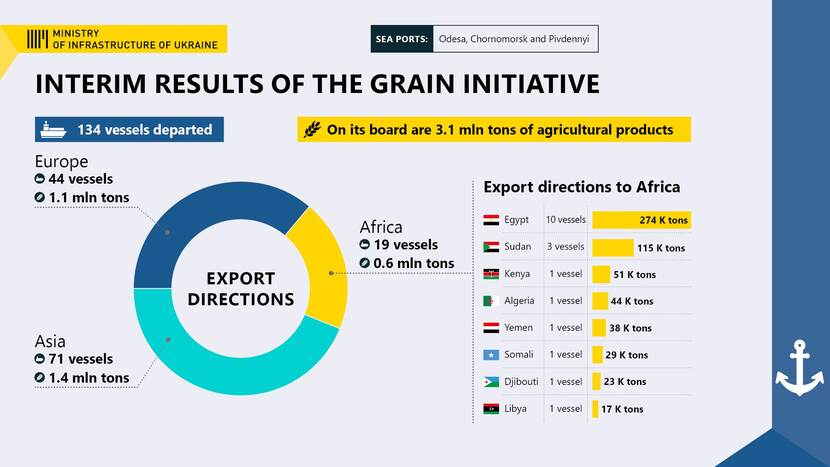
Grains and food security
- By September 16, Ukrainian farmers had harvested 29.66 million tonnes of staple crops from a total area of 9 million hectares, according to the website of the Ministry of Agrarian Policy and Food.
- In the first half of September, Ukraine exported 2.9 million tonnes of foodstuffs. Prior to the full-scale Russian military invasion, Ukraine exported an average of 5-6 million tonnes of foodstuffs per month, mainly through its maritime infrastructure in the Black Sea.
- The updates of the work of the Grain Initiative at the webpage of the coordination center are published on their site:
Black Sea Grain Initiative | Updates | United Nations
Latest update: 12_september_2022_-_black_sea_grain_initiative_factsheet_final.pdf (un.org)
Movement of vessels https://www.un.org/en/black-sea-grain-initiative/vessel-movements
- Please find the details of exports of main crops and main routes in the dashboard developed and updated by MinAgro (latest Sep 2):
ENG Export of Agriproducts | Tableau Public
- In 8 months of 2022, food prices in Ukraine increased by 25% on average compared to the same period last year. Most of them are fruits and vegetables. This is reported by the State Statistics Service. 25% is the average price increase for food and beverages in Ukraine since the beginning of the current year. Fruits (60%), vegetables (58.5%), fish (33%), bread (almost 30%) and sugar (28%) rose in price the most. The only product that was cheaper in August 2022 than in December 2021 is eggs (-17%).
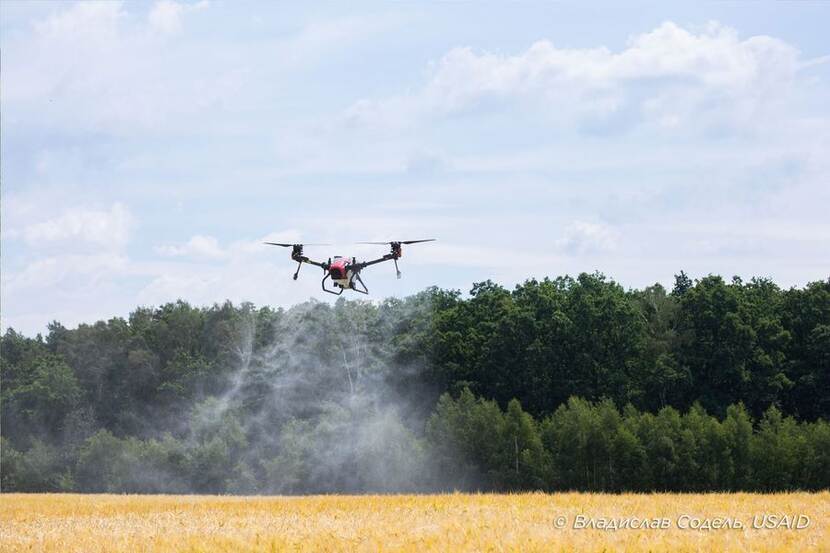
Company news
-
DroneUA, an integrator of unmanned solutions, has completed a program to popularize unmanned sprayers and ground-based robotic agricultural systems for the application of pesticides and fertilizers among Ukrainian agribusiness. A joint project with the United States Agency for International Development (USAID) was implemented in 15 regions of Ukraine. More than 100 applications of pesticides and fertilizers took place within the framework of the project. A wide range of crops were processed by sprayer drones, including corn, wheat, sunflower, buckwheat, currant, watermelon, melon, Chinese cabbage, broccoli, onion, eggplant, tomato, pepper, blueberry, strawberry and apple tree.
-
The Austrian freight operator ÖBB Rail Cargo Group (RCG) has exported 580,000 tonnes of Ukrainian grain cargo since the start of the Russian full-scale military invasion of Ukraine, while only in August it transported 145,000 tonnes of grain. In the end of August, together with Ukrzaliznytsia they created a working group, which will allow increasing the pace of exports by optimizing data exchange between the carriers and coordinating the loading of transshipment capacities.